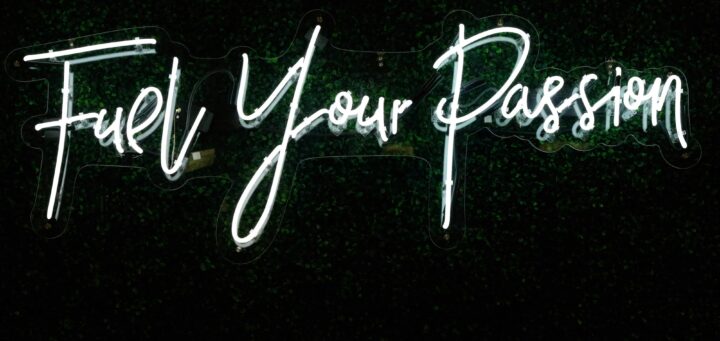The Hidden ROI of Emotional Intelligence in Brand Strategy
Why heart-led brands outperform — and how to build one that resonates, converts, and lasts.
You’ve refined your offer. Dialed in your positioning. Maybe even scaled.
But something feels… off.
You’re checking the boxes, but your message doesn’t quite land the way it used to.
The numbers might look solid, but the feeling — that spark, that resonance — has gone quiet.
You’re not alone.
In a business world that praises productivity, performance, and strategy, there’s one metric rarely discussed — but absolutely essential for brands who want to stand out, scale with soul, and create lasting impact:
Emotional intelligence.
And the brands that understand this? They’re winning.
What Emotional Intelligence Has to Do with Branding
We typically associate EQ (emotional intelligence) with leadership or team dynamics. But in reality, it belongs at the center of your brand strategy.
Emotional intelligence in branding is the ability to sense, interpret, and respond to the emotional needs and experiences of your audience – in a way that feels both real and resonant.
High-EQ brands aren’t louder. They’re more attuned. They speak to what’s unspoken.
And in a marketplace full of noise, that attunement becomes your sharpest edge.
Where Emotional Intelligence Shows Up in a Brand
Emotional intelligence is embedded in the infrastructure of how your brand communicates, connects, and operates – it’s a frequency.
Let’s break it down:
1. Messaging That Mirrors Inner Worlds
High-EQ brands don’t sell, they reflect.
Their copy and content name emotions we didn’t even know we were carrying.
They say, “We see you,” without ever having to say it.
Example: The rise of wellness brands using transparent, story-based messaging (“You’re not broken. You’re processing.”) instead of fear-based transformation promises.
2. Visuals That Elicit Emotion
Color palettes that soothe. Typography that breathes. Photography that feels lived-in and human.
Design communicates before words do — and high-EQ branding leans into visuals that evoke safety, inspiration, or presence.
3. Customer Journeys That Feel Human
Think: onboarding that feels like a welcome ceremony.
Email sequences that sound like a thoughtful friend.
Even refund processes that leave dignity intact.
Emotional intelligence turns brand interactions into relationship-building moments.
4. Internal Culture That Matches the Message
If your external brand is “conscious, grounded, and intuitive,” but your internal team is stressed, unclear, and reactive — the dissonance leaks out.
High-EQ brands are congruent from the inside out.
The ROI of Emotionally Intelligent Branding
This isn’t just about frequency. EQ drives measurable outcomes:
Higher retention & loyalty: Customers stay longer with brands that feel aligned.
Increased referrals: People recommend brands that made them feel seen.
Stronger conversions: Emotional clarity reduces decision fatigue.
Magnetic team culture: Internally aligned brands attract better-fit collaborators.
Premium positioning: Heart-led brands command more trust — and often, higher prices.
And perhaps most importantly?
It’s sustainable. Because when your brand feels good to your audience and to you, you don’t burn out trying to keep up with the algorithm or trend cycle.
5 Signs Your Brand Might Be Missing EQ
You might be scaling — but if you’re seeing these signs, it’s time to pause and re-attune:
Your copy converts, but doesn’t feel like you anymore
You’re attracting clients who don’t quite “get” your deeper mission
Your customer experience feels functional… but not magical
You’re unsure how to express your why without sounding cliché
You feel disconnected from your own message
If any of that resonates, you’re not doing anything wrong — but your brand might be ready for an emotional recalibration.
Final Thought: Leading With Heart Is the Strategy
At Umami, we believe the future belongs to brands that feel like home — to the ones that build trust through emotional resonance, not just transactional wins.
Because the most powerful thing your audience will remember…is how you made them feel.
Photo by Milad Fakurian on Unsplash


